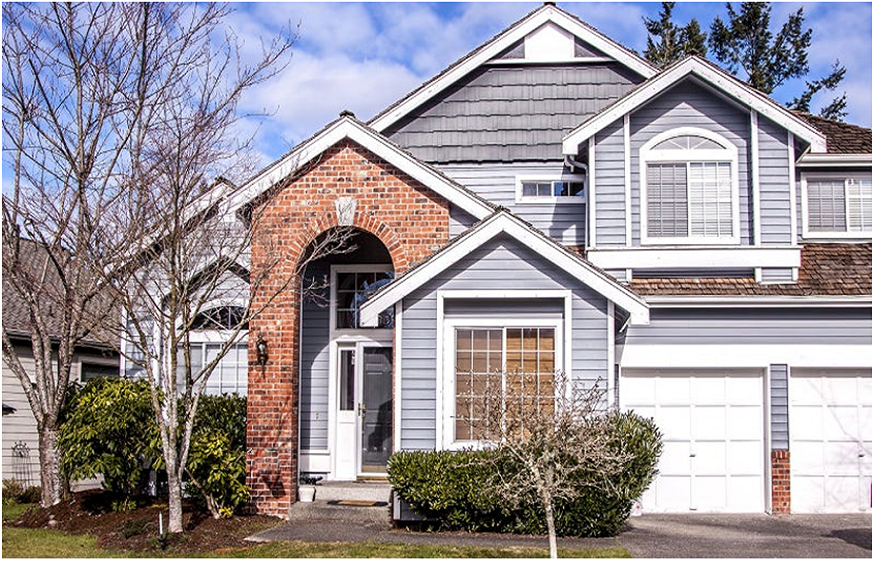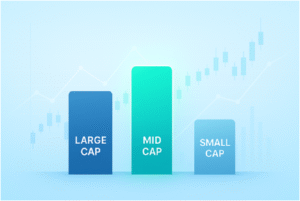
HELOC or home equity lines of credit and home equity loans is the amount you can borrow by securing your household. Therefore, you can tap into an equity, especially if you have it. We are talking about the difference between the home’s current market value and the amount you owe on the mortgage.
The main idea, if you paid down a mortgage to a point where the value of your home exceeds the outstanding loan balance, you can tap the difference up to eighty-five percent of it. Since both HELOC and home equity loans will use your household as a collateral, they come with better terms than other options such as credit cards and personal loans.
By clicking here, you will learn everything about home equity loans.
It makes them highly attractive, but you should understand the downsides and pitfalls you can fall before you make up your mind. The main goal is to be as cautious as possible beforehand, because when you get a credit card debt, that will affect your financial strain, but if you cannot repay HELOC, you will lose your home, which is not the same thing.
Thing to Know About Home Equity Loan

You should remember that a home equity loan comes with a fixed term you can borrow based on the equity your home features. Another name for them is a second mortgage. In that case, borrowers will get the set amount and receive lump sum up front. Since they feature fixed interest rate and fixed payments throughout the term, you can plan everything ahead.
Suppose you want to calculate home equity. In that case, you should estimate your current household’s value by finding an appraisal professional. Of course, you can compare your home with others from your neighborhood, or take advantage of estimation tools available online.
Still, you should know that online estimate apps are not hundred percent accurate. The best course of action is to pay a professional to do it. Still, when you get an approximate amount, you should check out the overall balance of your mortgage. That way, you can subtract the total balance you owe with the overall value, and you will get equity as a result.
Similarly as mentioned above, your home will act a collateral, which is the main reason for its other name or second mortgage. However, you need to collect enough equity, meaning you should pay at least thirty percent of the mortgage before you can apply for this particular option.
The amount depends on numerous factors including CLTV or combined loan-to-value ratio. In typical situations, you can get up to 85% of your property’s appraised value. Of course, lenders will consider other factors while deciding including your credit history and score. It means you should not have past dues for loans or foreclosures.
That way, they will determine whether you are creditworthy for the process, which is important factor to remember.
Similarly as any other loan that uses a collateral, the main downside is that you will lose your household in case you cannot repay the entire amount. Therefore, you should think about each step along the way before you make up your mind.
You should know that it comes with fixed interest rate, meaning it will not change over time. Besides, since the payments will remain the same, you can plan everything and ensure the best course of action. You probably understand that a portion of payments will go to principal, while other to interest.
The term can last between five and thirty years depending on your preferences, but lender has to approve it as well.
HELOC or Home Equity Line of Credit

Compared with other options available on the market, you should know that home equity line of credit functions similarly as a credit card. It means you will take money against the credit line to a particular limit, make payments on the amount you took and use it again afterward.
When you take a home equity loan, you will get a lump sum at the account. On the other hand, HELOC functions differently, because it will allow you to tap into the line each time you need it. You should know that it will remain open until you end the term. Since the borrowed amount can change, the minimum payments change accordingly.
Similarly as equity loan, HELOC will use your home as a collateral. Although it features similar characteristics as credit cards, HELOC is secured option meaning if you do not pay, they can seize your home.
Since they function in short term, you will get adjustable rate, which means it will depend on the overall rate from the FED. Therefore, the percentage can increase and decrease from time to time. Therefore, the minimum payment can increase as well.
Still, most lenders are offering fixed rate interest for HELOC too, while the rate depends on how much you wish to borrow and credit score. The best way to learn everything about consumer loans is by entering this site: Lånpåminuttet.net for more information.
HELOC comes with two parts. The first one is a draw period, while the second one is repayment period. During the draw period, you can withdraw funds, and that may last ten years for example. On the other hand, repayment period can last another twenty year, if you get thirty-year loan. As soon as the draw period ends, you cannot borrow money anymore.
Of course, during a draw period, you must make specific payments, which depend on interest. Therefore, the payments will be small during a draw period. Still, the monthly installments will increase over the course of repayment period since the principal will become the part of the interest.
Generally, the transition between interest-only to full payments can act as a financial shock, meaning you should think about the future while borrowing today. Generally, HELOC will offer you low-interest, variable credit line you can spend to a particular limit.
Therefore, you can use it instead of credit card for emergencies and variable expenses that you cannot predict. Still, we recommend you to avoid expensive purchases, because you will put strain on your credit line. It is as simple as that.






